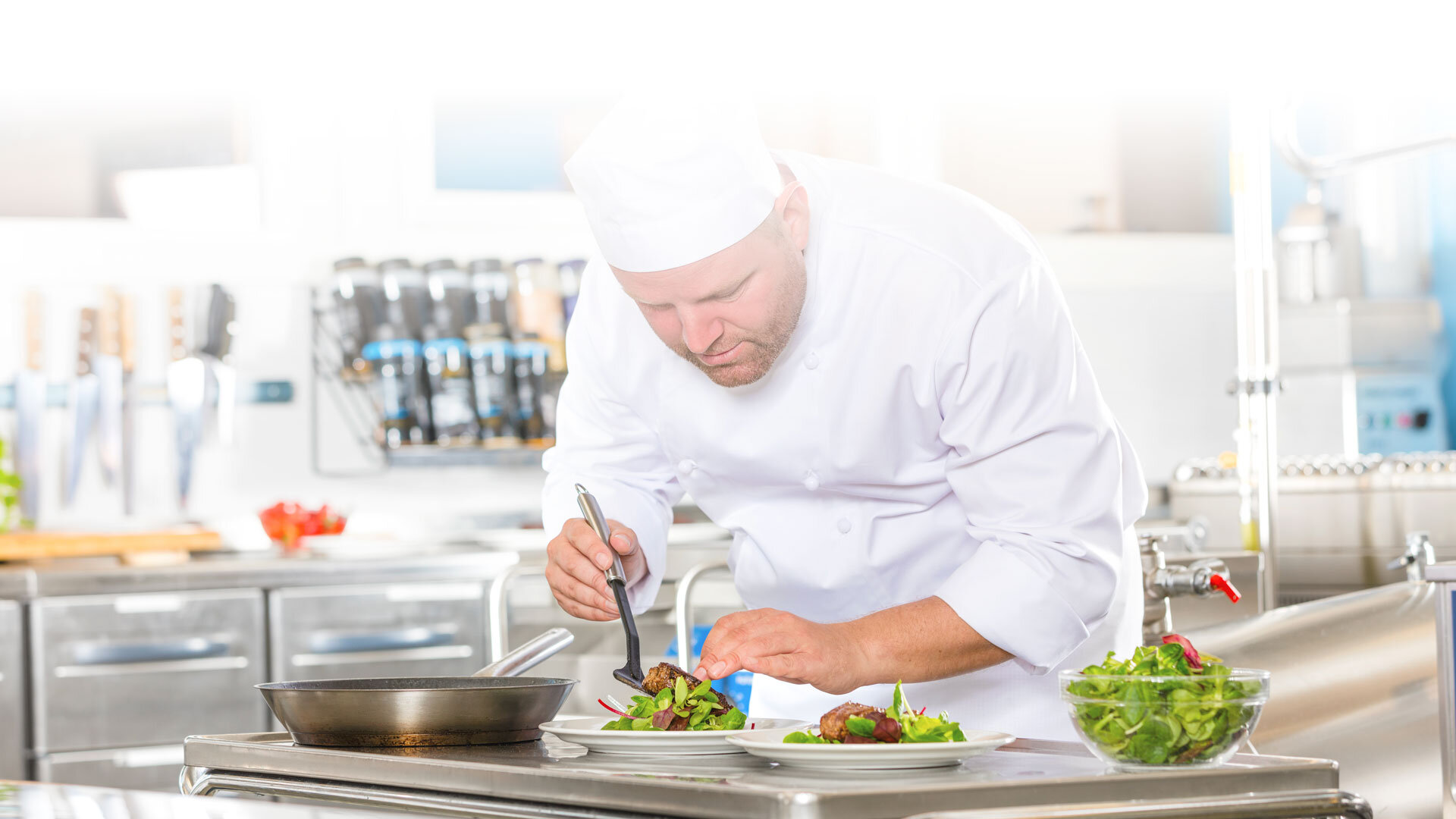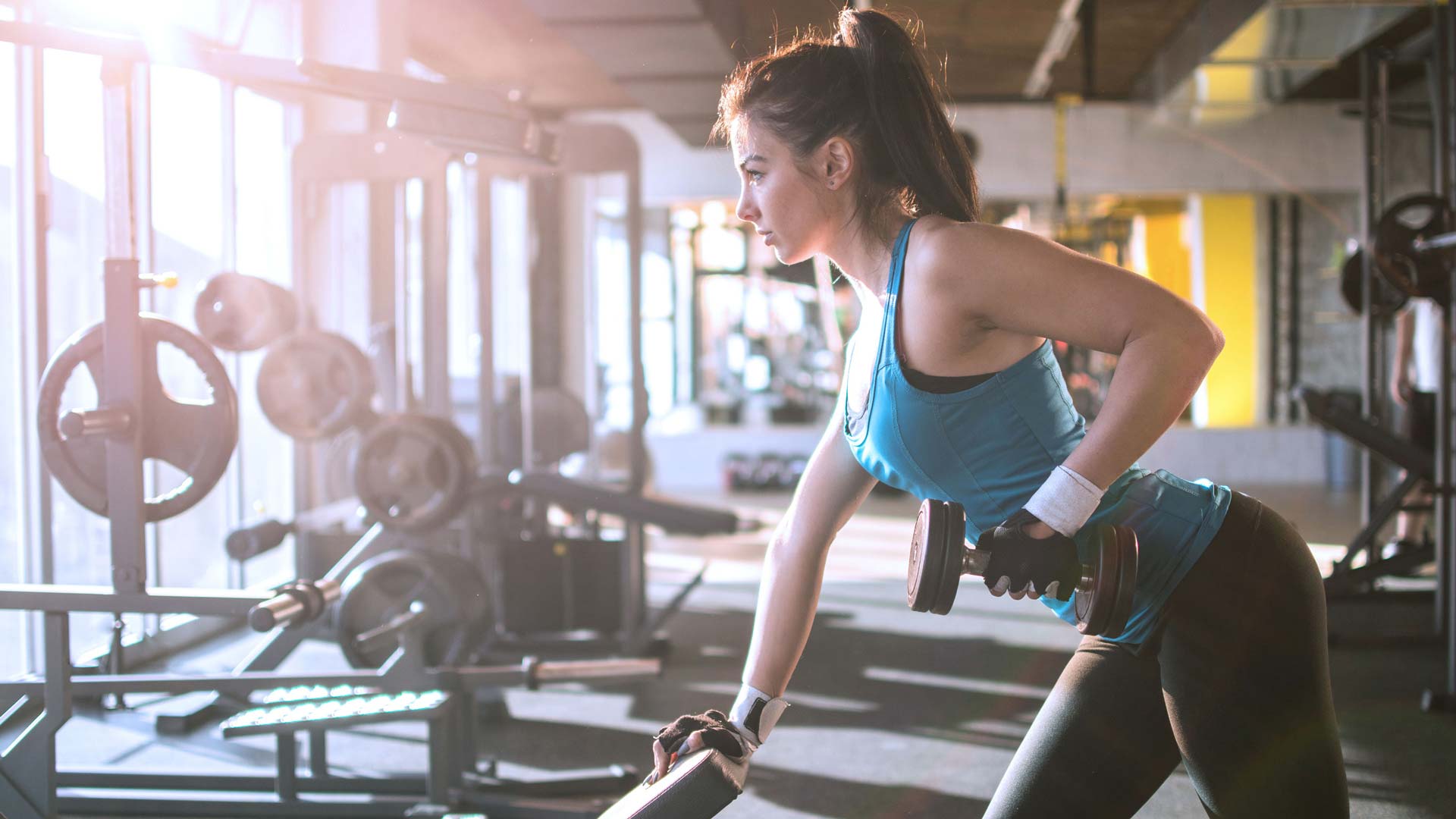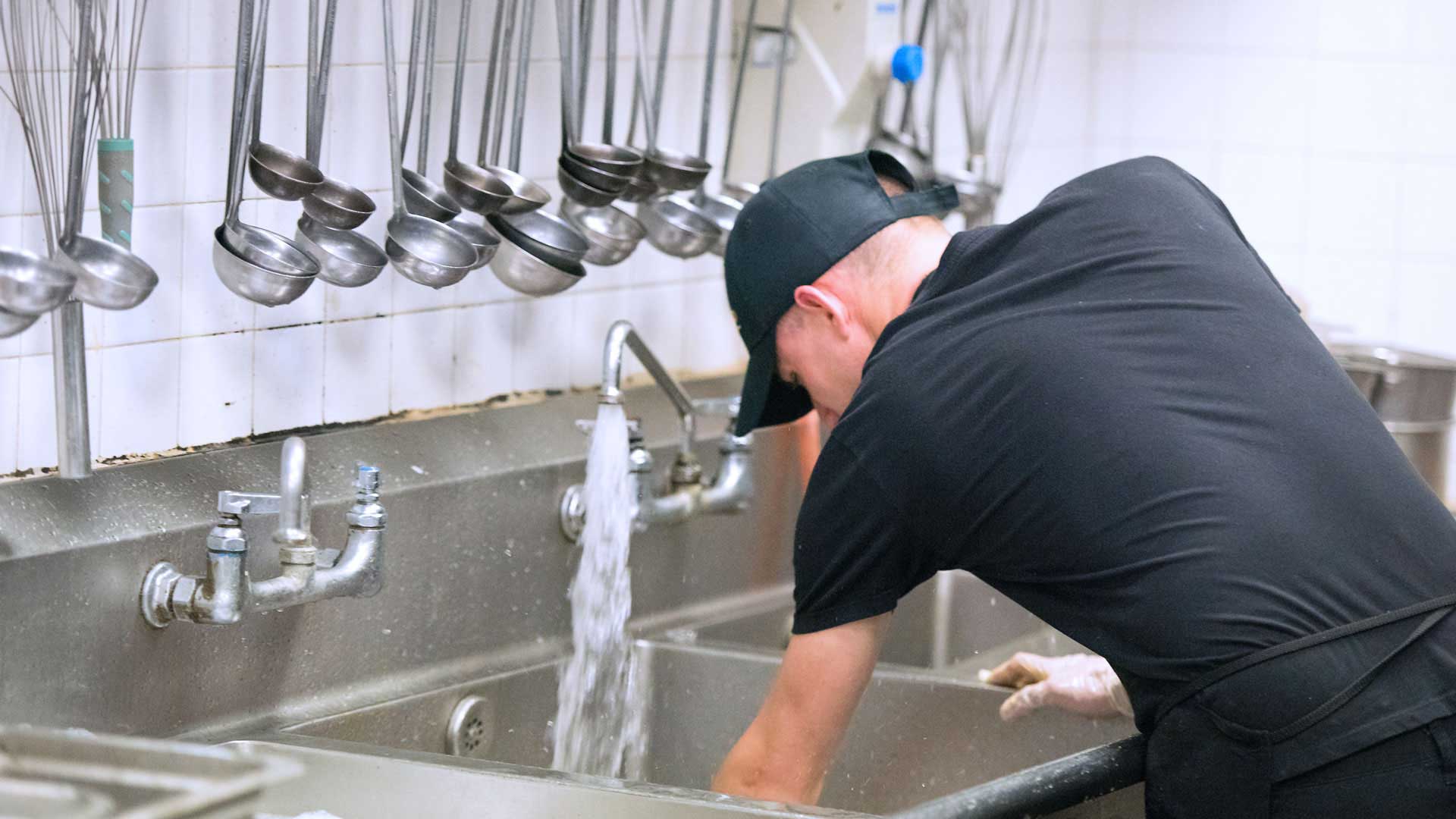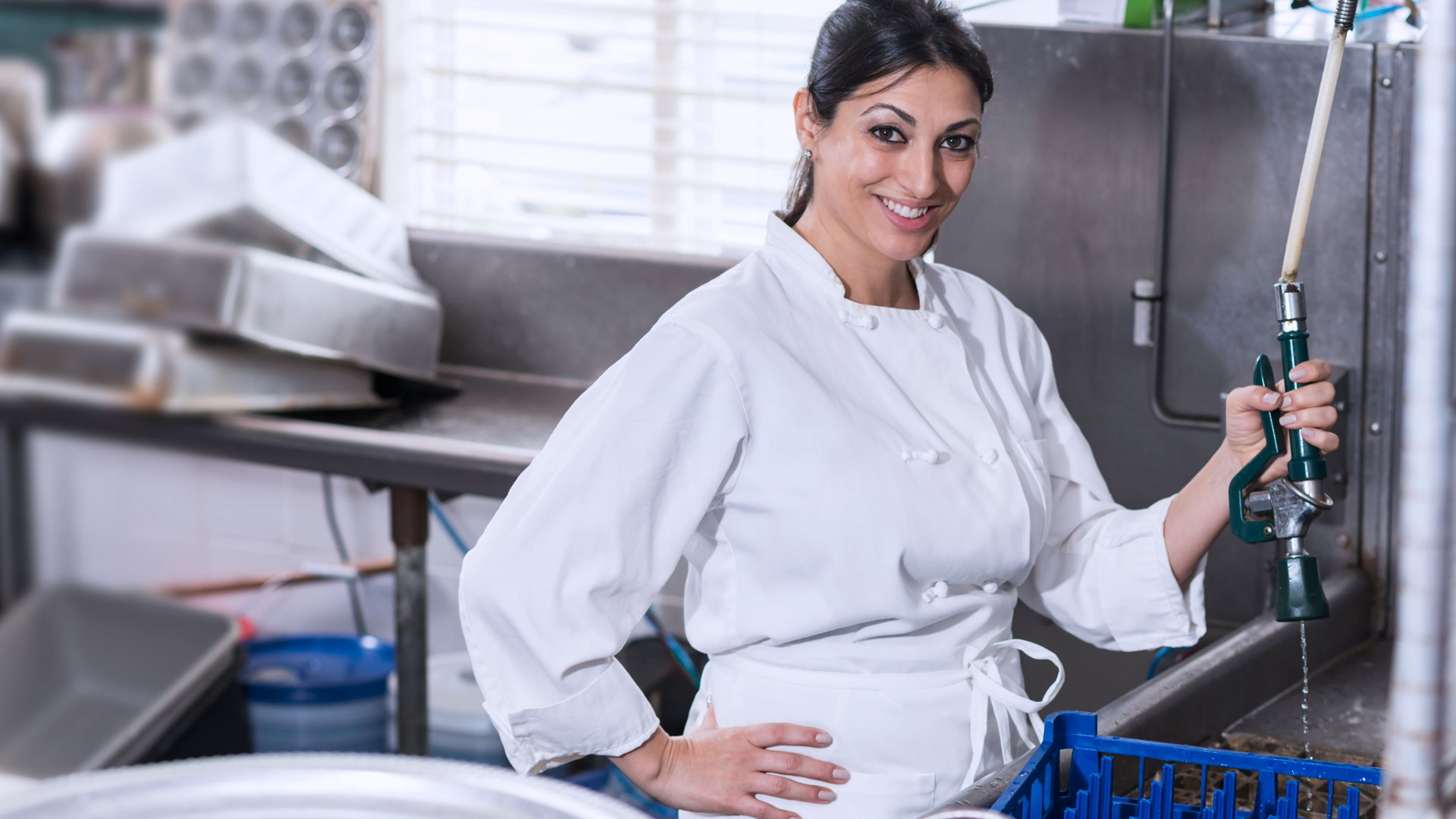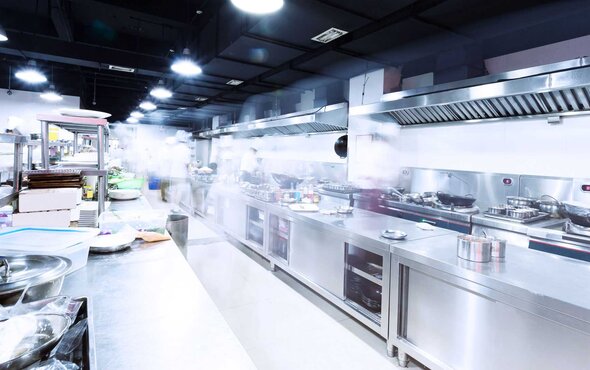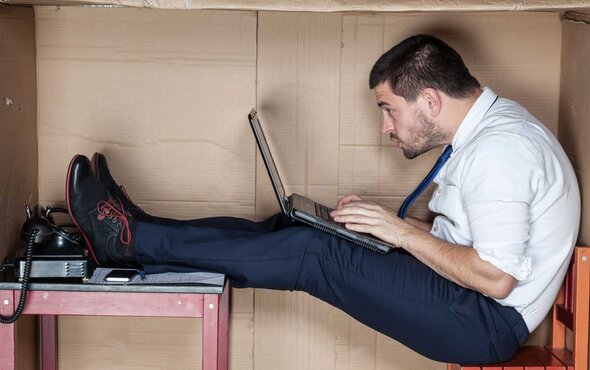Back pain can have many causes, ranging from poor posture and stress to poorly designed workflows. The good news is that clever kitchen planning that takes full account of ergonomics can improve employees' health and reduce the rate of absenteeism.
6 TIPS
for a strong back
People who dislike or never exercise are particularly likely to suffer from back pain. Just one hour of exercise per week will help to reduce pain. Getting your body moving is one of the best things you can do to combat back problems.
Getting moving has positive effects in two respects: exercise both strengthens back muscles and relieves stress.
BETTER ERGONOMICS IN THE WORKPLACE
To prevent people doing hard physical work from developing conditions of the musculoskeletal system, experts advise businesses to make their workplaces more ergonomic. One such expert is German physicist Professor Peter Schwarz of Albstadt-Sigmaringen University's Faculty of Life Sciences. He believes that the issue of ergonomics has become an important aspect of planning large-scale kitchens. ‘Anyone planning a restaurant or commercial kitchen needs to be an expert in process and logistics planning, because ultimately they are dealing with a manufacturing environment for producing meals. Taking ergonomics into account is one of the most basic aspects of planning,’ says Schwarz, quickly followed by, ‘of course ergonomics pays off! After all, it has a direct correlation with productivity and efficiency!’
WHAT DOES ERGONOMICS MEAN?
The term ergonomics comes from the Greek words ‘ergon’ (work) and ‘nomos’ (law). Ergonomics generally refers to the science of designing and arranging the things people use at work so that they interact with them as comfortably and efficiently as possible. The goal of ergonomics in the workplace is to optimise people's workspaces and equipment (machines, tools, etc.) in order to improve their working conditions. Specifically, that means identifying the best arrangement and timing of work processes and the most sensible configuration of the equipment they interact with in order to achieve the best possible conditions. Read the full article on ergonomics here.
Furthermore, it means continuously improving the equipment they use so that they can achieve the highest quality and most cost-effective results. Workers should not be put under too much physical strain and should certainly not come to any harm, even if they do the same job over a period of many years. According to Professor Peter Schwarz, a physicist working in the Faculty of Life Sciences at Albstadt-Sigmaringen University, workplaces with good ergonomic design also create greater job satisfaction and increased levels of acceptance among the staff, ‘That, in turn, results in fewer errors, lower absenteeism, and hence greater efficiency.’
